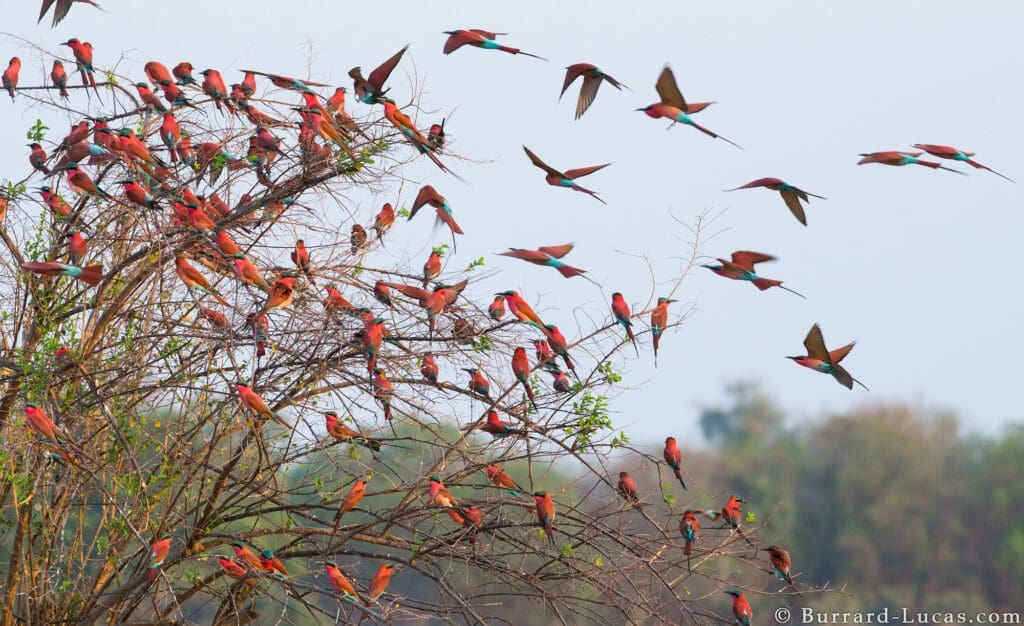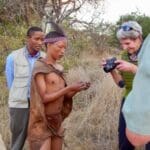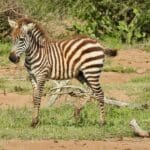The arrival of southern carmine bee-eaters in their colourful breeding plumage is a highlight for anyone visiting South Luangwa in September. Carmine bee-eaters are summer migrants to Zambia, forming large noisy colonies in the steep sandy banks of the Luangwa River. With an estimated 10,000 breeding pairs their loud chirping can be heard more than a kilometer away.
A whole colony will occupy the same stretch of the river, making for dramatic displays as they come and go from their burrows. It’s an extraordinary sight – enchanting birders, photographers, and wildlife enthusiasts alike. My favourite time to visit Zambia’s wonderful game-rich South Luangwa National Park is during their breeding season.

Here are 7 fascinating facts about carmine bee-eaters:
1. They build individual breeding tunnels up to two metres deep into the dry riverbanks. This is where they will lay their eggs and raise their chicks in late November and early December. Their nests are high on the river banks, safe from the water monitor lizard, a fearsome climber, and notorious egg thief.

2. Carmine bee-eaters are masters of a special hunting technique known as ‘hawking’. They launch from a perch to catch an insect mid-air and return back to the same perch.

3. Their favourite foods are bees, termites, cicadas, dragonflies, butterflies, and locusts. They regurgitate pellets containing the indigestible outer shell of the insects.

4. They use a special technique when catching bees, returning to their perch to smash the bees on the branch. They rub the abdomen to remove the sting before eating the bee.

5. During the breeding season, the females eat snail shells, sand, and other calcium-rich items to help produce stronger eggs.

6. They are drawn to bush fires, circling high above the flames to catch insects that are flushed out of the burning undergrowth.

7. Like the East African wildebeest migration, carmine bee-eaters follow an annual migration route. They nest in Zambia, Zimbabwe, and Botswana from August to November. Then in summer, they fly to South Africa, returning north to equatorial Africa’s lush rainforests from March to August.

Zambia has long been a favourite destination for safari connoisseurs. Its wonderful parks and reserves see far fewer crowds than their counterparts in other countries, and you’ll seldom see another vehicle on your game drives. From walking through the wildlife-rich South Luangwa to canoeing on the mighty Zambezi River in the Lower Zambezi Zambia has so much to offer.
So why wait? I’ll be taking a small group to Zambia in October 2023, when the beautiful carmine bee-eaters will be in residence! Come and join us!





